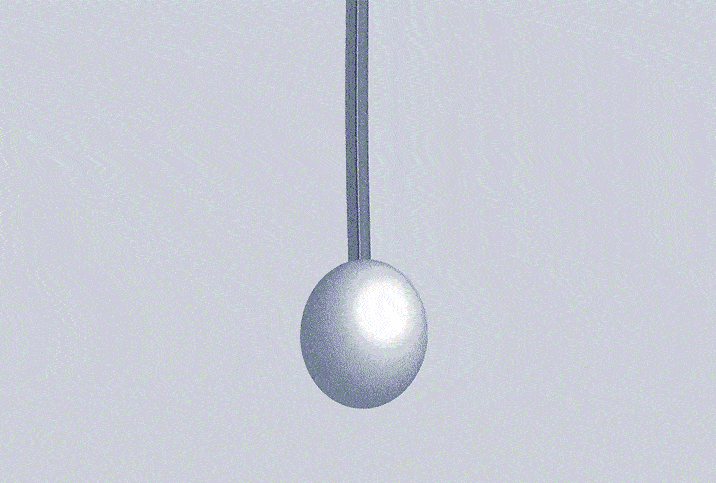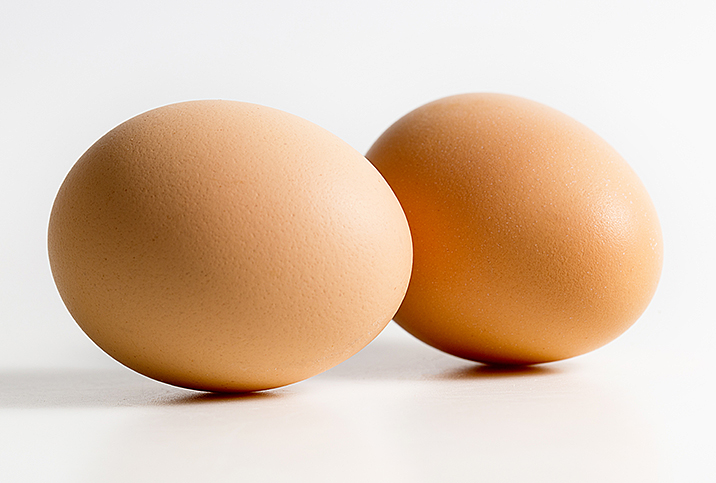Does a Lump on the Bottom of Your Testicle Mean Cancer?

Finding a lump in your scrotum can be scary. Maybe you noticed a squishy mass or lump on the bottom of your left testicle during a self-exam.
Perhaps you or your partner discovered a firm, rounded bump while exploring ball stimulation.
Is a lump on your left testicle or the bottom of your balls cancer?
Any new lump is cause for concern, but rest assured that testicular lumps can develop for many reasons. A lump on your testicle doesn't always point to cancer.
"According to the American Cancer Society, only about 4 out of 100 testicular lumps are cancerous," said Aaron Lentz, M.D., a urologist at Duke Health in Raleigh, North Carolina. "It is important to note that the only way to determine whether a lump is cancerous or not is to have it evaluated by a healthcare professional."
Learn more about some common noncancerous causes of testicular lumps and how to treat them.
Varicoceles
If you find a squishy, ropy lump on one of your testicles, you might have a varicocele. About 15 percent of men develop these enlarged veins within the scrotum. Similar to varicose veins, varicoceles are common and generally harmless.
Varicoceles typically develop on the left side of the scrotum, where the anatomy of the vascular system requires blood to travel farther.
"Sometimes blood backflows as part of that long-distance journey and it pools up in the veins by the testis," said Martin Gross, M.D., a urologist at Dartmouth Hitchcock Medical Center in Lebanon, New Hampshire.
"They are typically described as feeling like a 'bag of worms' due to their appearance," Lentz explained. “They may be visibly twisted or swollen veins that feel soft and squishy to the touch."
Small varicoceles might not produce symptoms at all, but it's normal to feel discomfort if your varicoceles grow larger. In addition to causing lumps, varicoceles can feel like a heavy, dragging sensation inside the scrotum.
"Varicoceles are not life-threatening and can be fixed surgically for a variety of reasons, including pain, testicular size discrepancy and fertility concerns," Gross said.
Treatment is elective. It might be desired by people who want to father a child since varicoceles can contribute to infertility by decreasing sperm production and quality.
Hydroceles
If you discover a smooth, firm bulge in your scrotum, it might be a hydrocele. While varicoceles are swollen veins in the scrotum, hydroceles are collections of fluid in the sacs around your testicles.
"The testes make fluid all the time, and [the sacs] absorb this fluid," Gross explained. "Sometimes this absorption is disrupted and the testes keep making fluid even though the sac can't keep up with absorption. The fluid builds up over time and forms a hydrocele."
Hydroceles are more common in infants than in adults. While about 10 percent of newborn males have hydroceles, only 1 percent of adult men experience them. They can cause general discomfort and a feeling of heaviness when they develop. They don't typically cause pain until they grow large enough to impede everyday movement.
"While hydroceles are not typically harmful, they can be surgically removed if they become uncomfortable or cause cosmetic concerns," Lentz said. "If you are experiencing swelling or discomfort in your scrotum, it is important to see a doctor for an accurate diagnosis and any necessary treatment."
Epididymal cysts
If you notice a smooth lump on the back of one of your testicles, it could be an epididymal cyst. Also known as a spermatic cyst or a spermatocele, these benign growths develop in the epididymis, a long, thin tube that is coiled behind and slightly above each testicle.
"Sperm travel through this long tube on the way to the outside world," Gross explained.
"Sometimes the long, thin tube can develop a weak spot, and that bulging area can then result in a cyst."
These cysts are very common and do not always cause symptoms, according to Gross. You might first notice an epididymal cyst as a pea-sized lump on the back of one of your testicles. While it typically does not cause ongoing pain, the lump might feel uncomfortable if you pinch or squeeze it.
"Depending on your luck, [epididymal cysts] may or may not grow with time," Gross said. "I have seen them grow as large as a Big Mac."
When it comes to diagnosing epididymal cysts, location matters. Epididymal cysts technically grow outside the testicle, while testicular tumors (potentially cancerous) develop inside, presenting as an enlarged testicle, a hardened section of the testicle or a lump within the testicle.
Not all epididymal cysts require treatment. The cyst can be drained or surgically removed if it grows large enough to cause physical discomfort or embarrassment.
Epididymo-orchitis
Epididymitis and orchitis are inflammatory conditions often lumped under the umbrella terms epididymo-orchitis or orchi-epididymitis. They can cause painful swelling of the affected area.
With epididymitis, the epididymis swells; with orchitis, the testicle itself swells.
Epididymo-orchitis is a bit different from the other causes of noncancerous testicular lumps. Rather than being a self-contained lump, the swelling is typically caused by an infection. In addition to painful swelling, you might experience fever, redness, and pain or burning while urinating or ejaculating.
Since epididymo-orchitis could be triggered by an infection, you should be diagnosed and treated by a healthcare professional. Call your doctor if you have pain and swelling in your scrotum that's not caused by a physical injury or trauma. Treatment will likely include prescription antibiotics.
The bottom line
Not all testicular lumps are a sign of cancer.
"The main clue regarding testis cancer is feeling a mass or lump inside the testis, not on the surface of the testis," Gross explained.
However, seeing a healthcare professional is the only way to fully rule out cancer of the testicle.
"If you or someone you know discovers a lump on the testicle, it is important to see a doctor right away for an evaluation," Lentz said. "Early detection and treatment of testicular cancer can improve outcomes and increase the chances of a full recovery."
Have a lump on your testicle but don't have a doctor you see regularly? You should find one. Fortunately, telehealth makes it easy to connect with a healthcare professional. Many physicians offer same-day video visits. Giddy Telehealth is an easy-to-use online portal that provides access to hundreds of healthcare professionals whose expertise covers the full scope of medical care, including men's health.


















